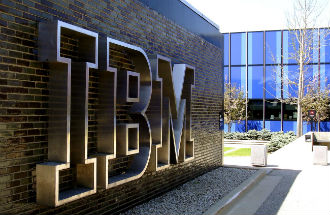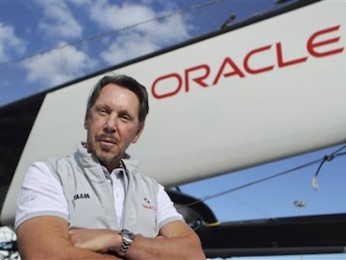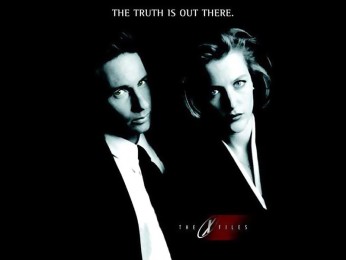 The Chinese government appears to be cracking down on Hong Kong protesters who use an iPhone or iPad.
The Chinese government appears to be cracking down on Hong Kong protesters who use an iPhone or iPad.
Cybersecurity researchers have uncovered a computer virus that spies on Apple Inc’s iOS operating system for the iPhone and iPad, and they believe it is targeting pro-democracy protesters in Hong Kong.
Dubbed Xsser, the software can steal text messages, photos, call logs, passwords and other data from Apple gear.
Researchers with Lacoon Mobile Security uncovered the spyware while investigating similar malware for Google Android operating system last week that also targeted Hong Kong protesters.
Lacoon Chief Executive Michael Shaulov said that Xsser is the most sophisticated malware used to date in any known cyberattack on iOS users.
It is not clear what the Chinese government hopes to learn from an Apple fanboy’s account, there is just so much you can learn from a complete Coldplay collection and an undeletable U2 album.
It is unclear how iOS devices get infected with Xsser, which is not disguised as an app particularly as Apple claims that its software is super secure.
The code used to control that server is written in Chinese. The high quality of the campaign and the fact it is being used to target protesters suggests that it is coming from a sophisticated attacker in China.
“It is the first time in history that you actually see an operationalized iOS Trojan that is attributed to some kind of Chinese entity,” Shaulov said.
Lacoon said on its blog that it is possible the attackers might have deployed the Trojan in other places, in addition to spying on pro-democracy protesters in Hong Kong.
“It can cross borders easily, and is possibly being operated by a Chinese-speaking entity to spy on individuals, foreign companies, or even entire governments,” they said in their bog.



















